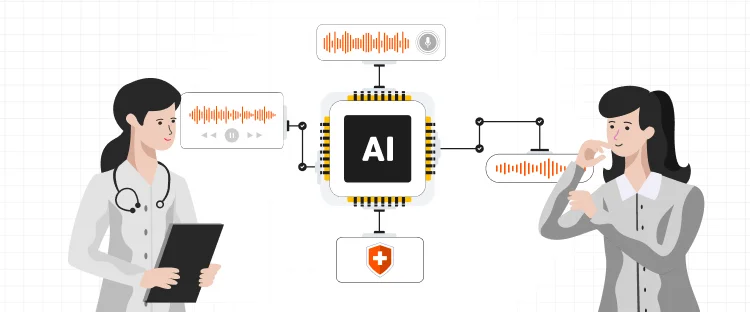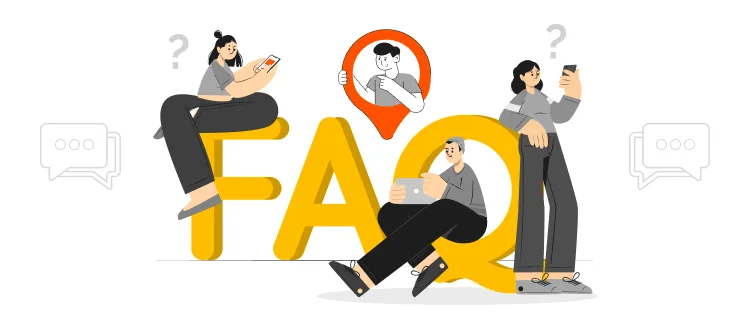As a world organization, United Nations is the world organization for symbolizing unity, cooperation and mutual understanding among nations. The United Nations, UN—as we all know it, was founded in 1945 after the World War II. Since its inception, the UN has sought to promote security, international law, protection of human rights, economic development and eradication of poverty with a particular emphasis on social progress in its 193 member nations.
With such gigantic goals on its list, effective communication is the first step to establish dialogue among the diverse nations. Language is the first barrier it hopes to eliminate when embarking on its mission.
As a part of establishing dialogue among its nation states, the UN has six languages officially designated for itself to coordinate all member nations. These languages serve as a medium of exchange during the official meetings, where speeches are simultaneously interpreted into all six official languages and relayed to the delegates. Furthermore, all the documents released by the UN are printed in all six languages.
Multilingualism lends some important advantages for UN. It enables communication between the UN states that have a diverse culture and background. It acts as a unifying force, binding the states through comprehensible dialogue and communication. This ensures increased participation from all the nations, acting as a tool to promote tolerance and acceptance, as well as paves the way for greater effectiveness, involvement and better outcomes.
Let’s look at the status that each of these six languages hold in UN:
Spoken as either a primary or secondary language, the majority of the world’s population use any of these six languages for establishing communication. In fact, these languages are spoken by almost 2.8 billion people in the world—that is approximately half of the world’s population.
So, what about the other half of the world?
We know that half of the world understands these languages, and the world is so geographically diverse that most people will speak at least one of them, right?
Not really. When you look down at the list of total speakers, an interesting paradox is seen. Less than half of the world can communicate in these languages, fewer can understand these languages, while only a small number among them can comprehend the documents in these languages.
With over half of the world still out of the loop, it is high time UN includes more languages in its portfolio of languages.
Those people who speak Japanese may be wondering why their language is not on the list, the same way as those people who speak Portuguese or Italian.
So, what should the future list of languages for UN look like?
Hindi is likely to make it to the list of UN languages due to the sheer number of people speaking it. With the fifth largest number of total speakers in the world, the only reason for it not being included in the folds of the official languages is the isolated area where it is spoken—the subcontinent.
Bengali has 250 million speakers worldwide and is a possible candidate for the list of new official languages.
Portuguese language is more geographically diverse than either Russian or Bengali. It is the sixth language in the world to be spoken as a native language and the second most spoken Roman language in the world after Spanish.
The world is continuing to expand, with new languages gaining hold as the immigration laws ease between nations. Adopting a stance of including more languages is indeed, in the best interests of United Nations for achieving the aim of establishing global dialogue and communication.

Colorado is said to be one of the best places to do business because the business environment is very friendly
Read More
The global marketplace has become an attractive place for brands and businesses, where they strive to create a presence of
Read More
CAD, or computer-aided design and drafting (CADD), is the use of computer technology for design and design documentation. CAD software
Read More
Many global companies, foreign governments and Iranian are hoping to see an increase in investment in Iran after declaring the
Read More
Artificial intelligence has taken a big space in almost every industry. There is also a widespread acceptance that AI is
Read More
Persuasion is all about manipulating other people behavior. At first it might sound immoral but it doesn’t have to be.
Read More
Now days everyone is searching for good ideas for their company they wanted to be more creative, they wanted to
Read More
Technology has now much diverse roots in this age of development. Now it is not wrong to say, that you
Read More
Localization is the practice of altering the functional properties of a product and also its characteristics. This is easily done
Read More


Document Translation
Professional document translation by native expertsApp Localization
Get more downloads by adapting your app for different target marketsVideo Translation
Multilingual translation and subtitling servicesWebsite Localization
Adapt your website into multiple contexts for global reachSoftware Localization
Adapt your software for global usersGame Localization
Reach new players with localized gameplayMTPE
Refine AI translations for natural fluencyBusiness Translation
Professional translation for business documents and websitesDTP & File Conversion
Professional DTP and File conversion, supporting multiple file formatsProofreading
Perfect your content with expert review© Copyright 2025 MarsTranslation